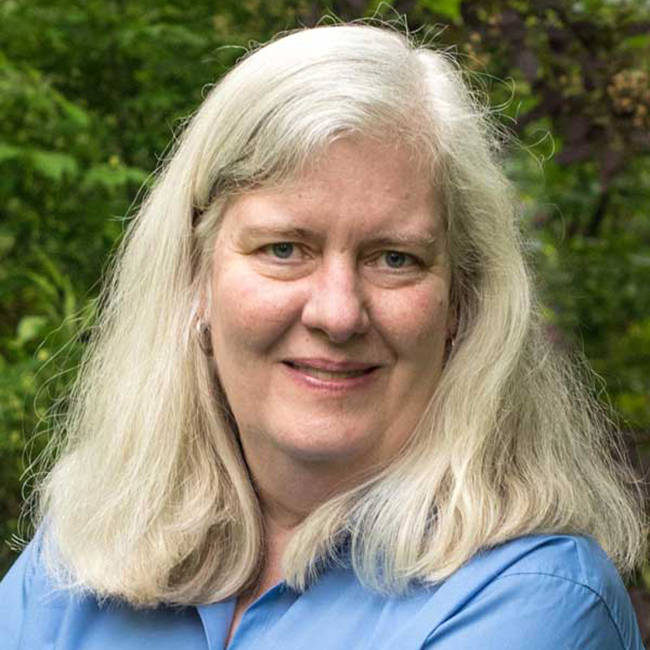SIGGRAPH 2010 Computer Graphics Achievement Award: Hodgins
Awardee(s):
Award:
- Computer Graphics Achievement Award
Description:
ACM SIGGRAPH recognizes Jessica Hodgins with the 2010 Computer Graphics Achievement Award for her contributions in the field of physically based animation. Her research has had a significant impact on our understanding, simulation, and animation of how people and other creatures move. She, together with her students and postdocs, has achieved this understanding by developing new techniques in simulation, control systems, and motion capture. She has also led efforts in helping us understand how people perceive motion of both simulated characters and real humans. Hodgins is best known for her work on animating humans, particularly those performing dynamic and athletic activities. Her approach to using physics as the underlying model grew from graduate work in robotics where she developed some of the earliest agile legged robots. In computer graphics, her papers from the early 1990s on legged motion and human athletics laid the groundwork for research in using dynamics to simulate complex characters such as humans.
Hodgins once again applied ideas from physics to create realistic animations of inanimate objects, including the animation of brittle fracture, explosions, and the motion of complex media like sand, mud, and snow. This work inspired whole new lines of research, both in her lab and others; her group’s recent work on viscoelastic and incompressible flow is an example.
Her work has also resulted in improved techniques for capturing and modeling the deformable elements of human motion, including not just the motion of rigid elements such as bones, but also those of soft elements like skin and muscle, and the simulation of the resulting motion of clothing.
Captured data can perfectly represent any single motion, but allowing a user to build up new motions from fragments of other captured motions – i.e., the introduction of user control – presents substantial challenges. Hodgins has made major contributions in this area; her group produced one of the original papers on motion graphs in 2002; in 2005, they developed performance interfaces that used a small number of markers to drive complex synthesized motions; they then went on to further explore markerless and accelerometerbased systems for reconstructing human motion. She has also developed algorithms for efficiently leveraging motion data by combining it with dynamics and by interpolating trajectories. One theme throughout Hodgins’ work has been careful evaluation. With her human simulations, she has compared the motion trajectories and force patterns to those captured from human subjects. In her work on passive simulations, she has compared high speed footage of the phenomena being modeled to that produced by the simulations. More recently, she and her students have used user studies and perceptual studies to validate the efficacy of their approaches. In addition to Hodgins’ breadth of research, she has been a significant positive force in the graphics community, mentoring eleven Ph.D. students and postdocs who are now faculty in graphics, animation, and robotics. From her role as editor-in-chief of ACM Transactions on Graphics, to chairing the SIGGRAPH papers committee, to co-founding the Symposium on Computer Animation, her efforts have supported a wide range of educational and scientific efforts. We are proud to name her this year’s Computer Graphics Achievement Award winner.
Biographical Sketch
Jessica Hodgins is a currently a Professor in the Robotics Institute and Computer Science Department at Carnegie Mellon University and part-time Director of Disney Research, Pittsburgh. She earned her Ph.D. in legged locomotion with Marc Raibert at the CMU and MIT Leglab.
Prior to moving to Carnegie Mellon in 2000, she was on the faculty in the College of Computing at Georgia Institute of Technology where she received a NSF Young Investigator award, a Sloan Fellowship, and a Packard Fellowship.
Source:
- ACM SIGGRAPH Press Release, 2010




